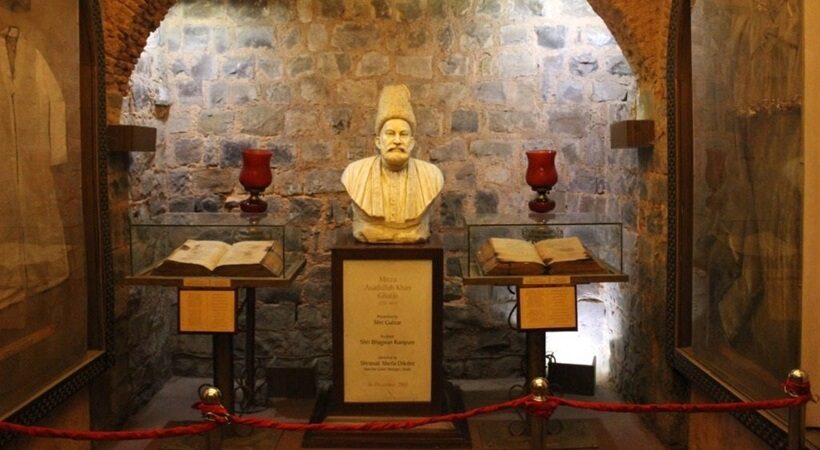If one asks about Delhi, then the question arises, Which Delhi? Delhi is a palimpsest having multiple layers lurking beneath the façade with different worlds to reveal. From the time of the Sultanate to the Mughals and the British, conquerors, rulers, poets and its denizens have continuously imposed their vision on this city. In Delhi, multiple worlds co-exist, separated by caste, class, gender, power and its complex history. However, there were some periods of strife and change that were fundamental in transforming Delhi to its present state.
During the rebellion of 1857 against the British East India Company, Delhi emerged as the symbolic epicenter of the anti-British forces. Perhaps it is for this reason that the British destroyed and reclaimed Delhi with such ferocity and the city was never the same again. In the works of the famous Urdu poet Mirza Ghalib, the reader can experience Delhi and its sorrow through his eyes. Considered one of the greatest poets of Urdu, the flavor of his poetry reflected the changing face of Delhi.

Image Credits: mapsofindia.com
Being the last of the great Delhi poets, he is also the first of the great modern poets. Standing between his training in Persian and mystic traditions and the spirit of the Indian renaissance, Ghalib played with heterogenous ideas in his art. Just like Delhi being an amalgam of different worlds, Ghalib is also versatile and cannot be classified in any category. Signifying a fresh perspective on existence, he questions the very fundamentals of faith and dogma and wonders what is joy and sorrow, life and death.
Ghalib lies buried at Nizamuddin Basti, in the then family graveyard of the Nawab of Loharu; his wife, who died a year later on the same day as Ghalib (February 15), is buried next to him. A few metres away is the dargah of the 13th-century Sufi saint, Nizamuddin Auliya, which is always abuzz with a steady stream of followers. Also, in the dargah’s compound lays the tomb of Amir Khusrau, the 13th century Sufi musician and poet, whom Ghalib described as the greatest Persian poet.
Mazar-e-Mirza or the tomb of Ghalib is flocked by admirers from all across the globe to pay their respects to the poet, perhaps to get a glimpse into a Delhi that was. His tomb is marked by a beautiful chronogram, written by his student Mir Majruh, in the spirit of Ghalib.
“Huye mar ke hum jo ruswa, huye kyun na gharq-e-dariya/na kabhi janazaa uthtaa, na kahin mazaar hotaa”
(I was disgraced after death; oh why didn’t I drown in the sea?/There would never have been a funeral, nor a tomb anywhere.)



















